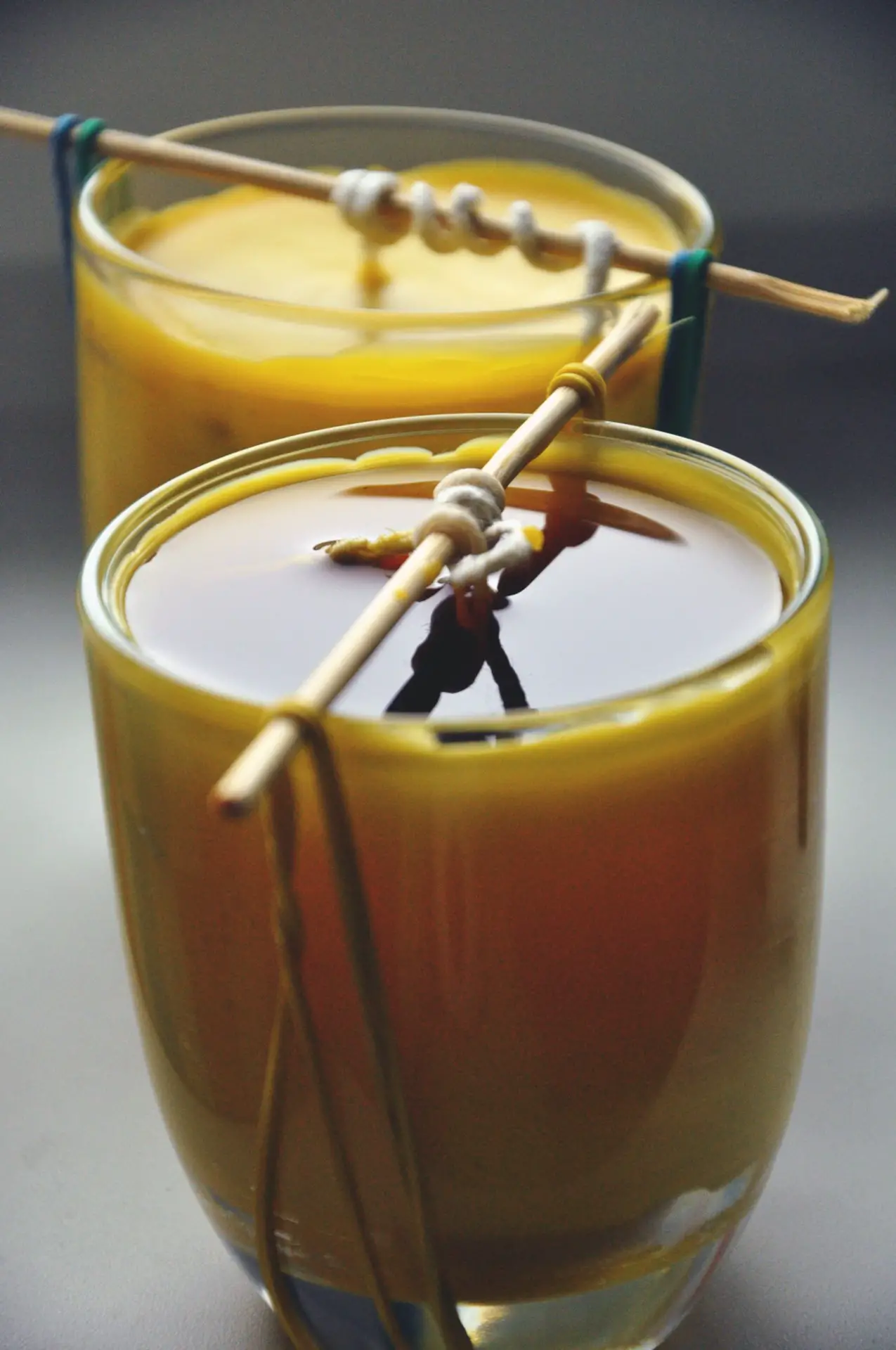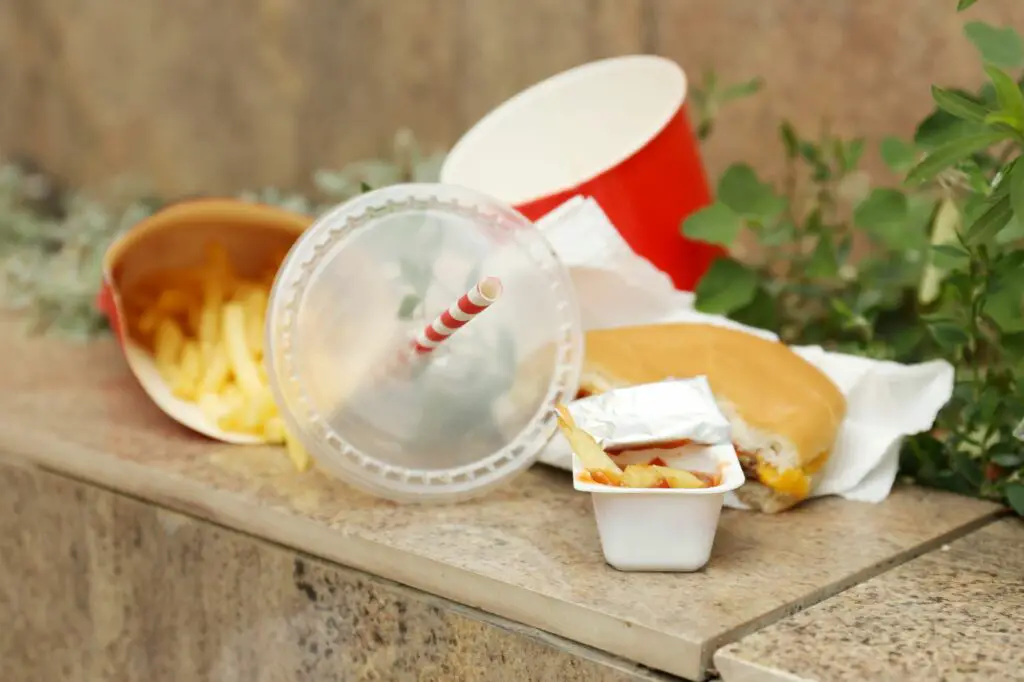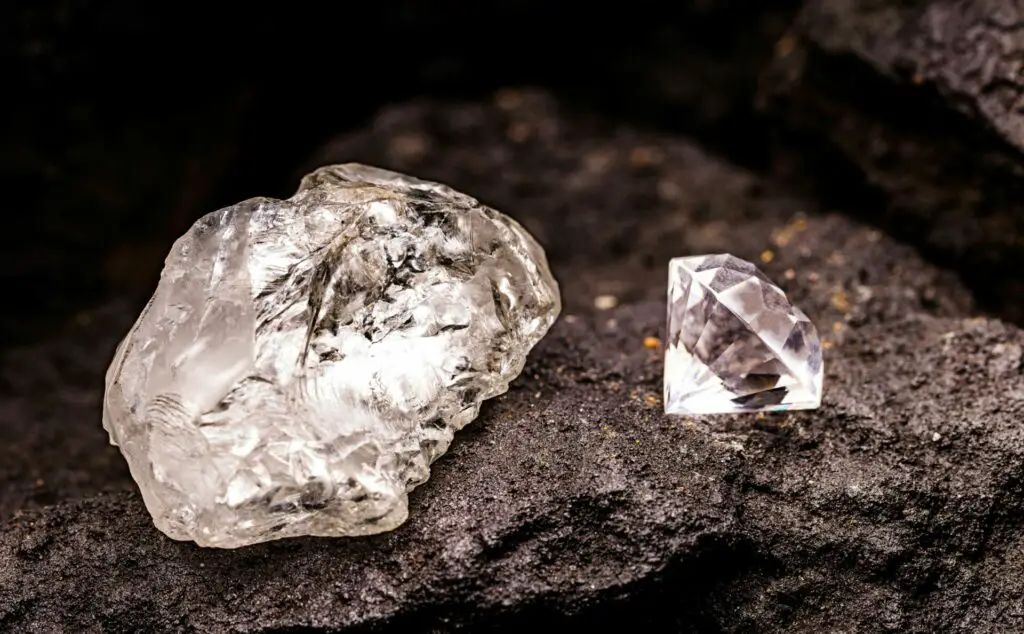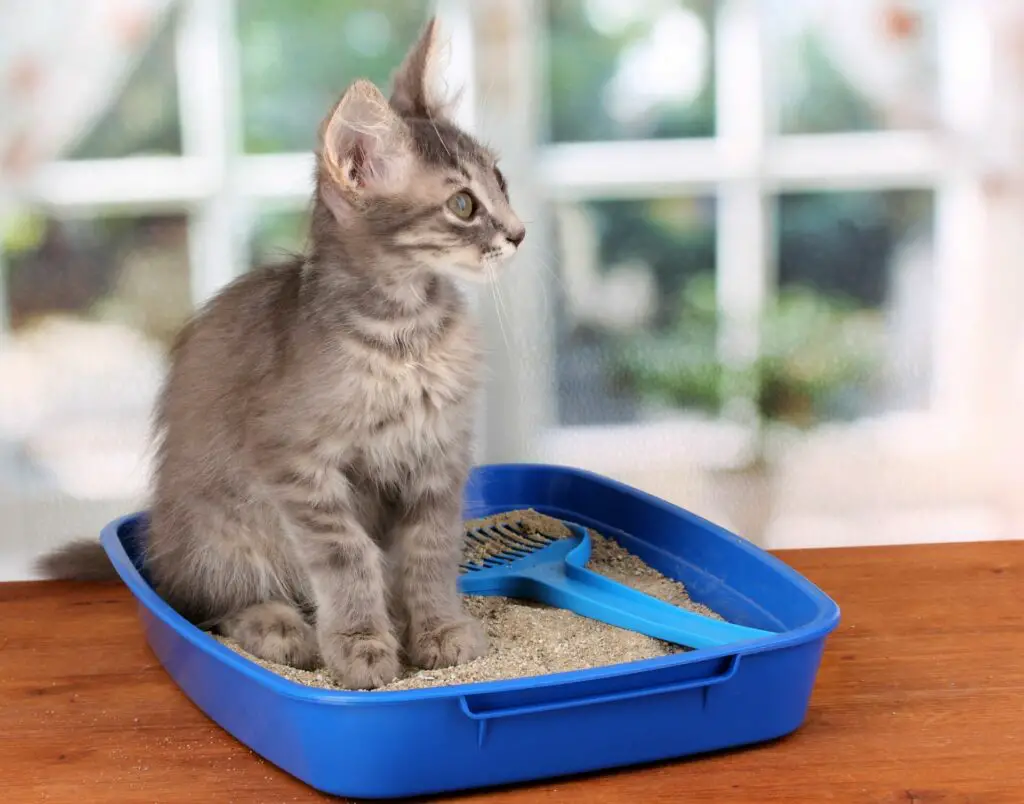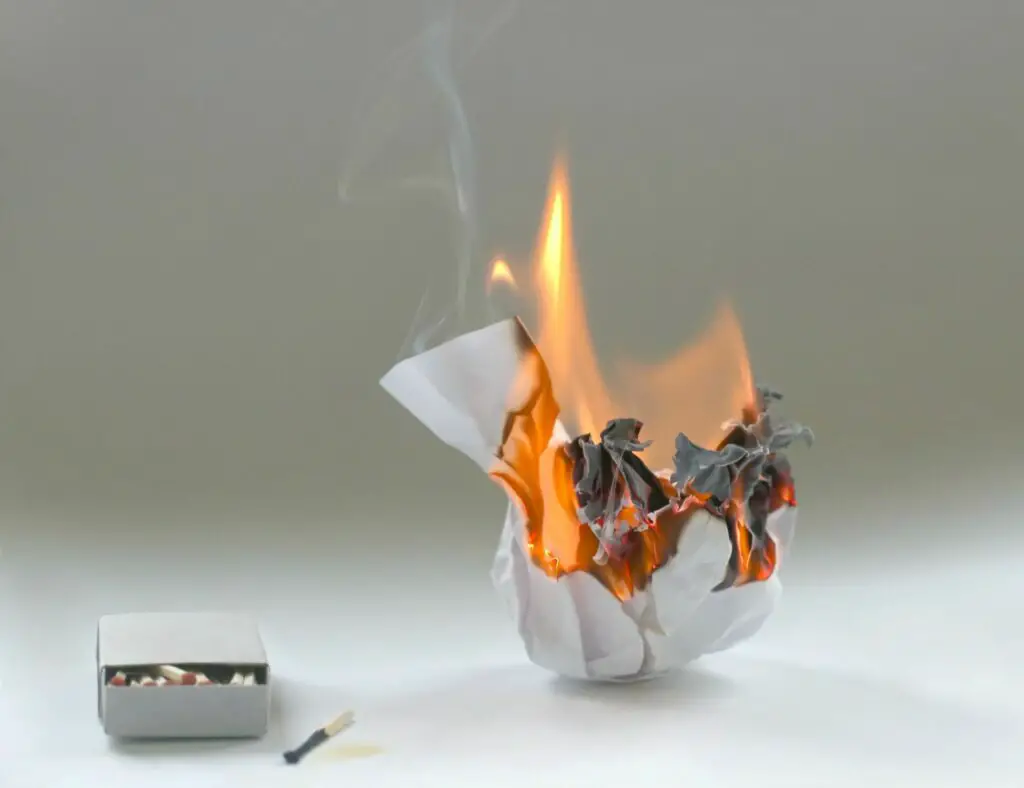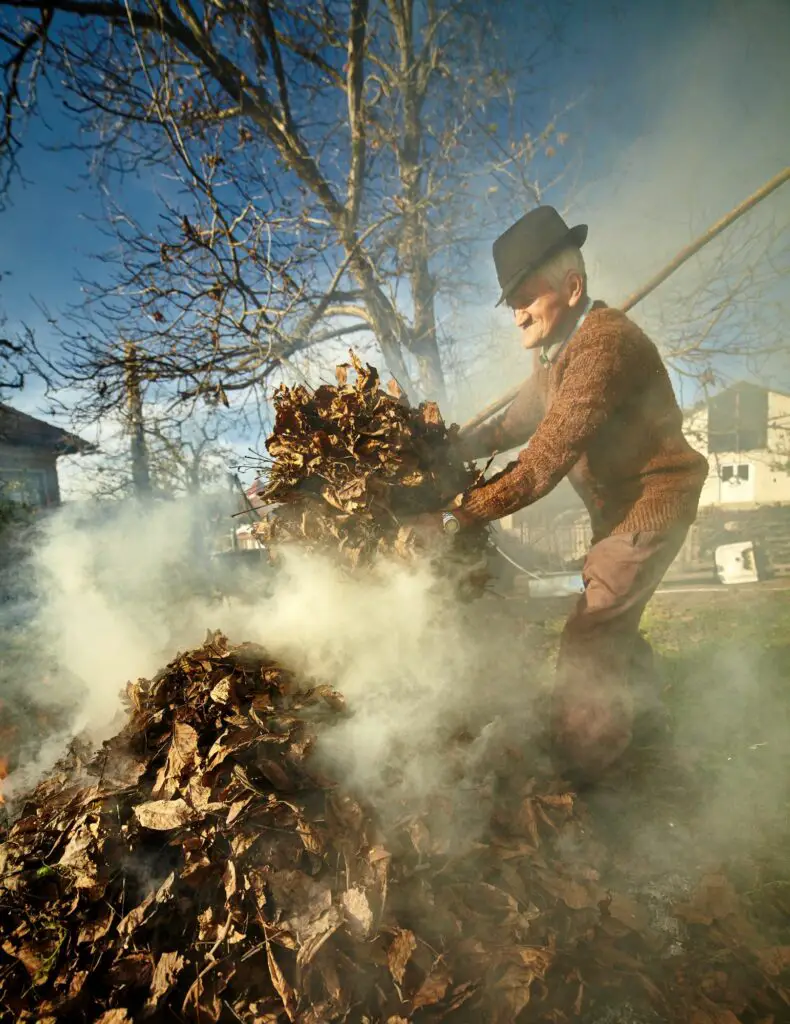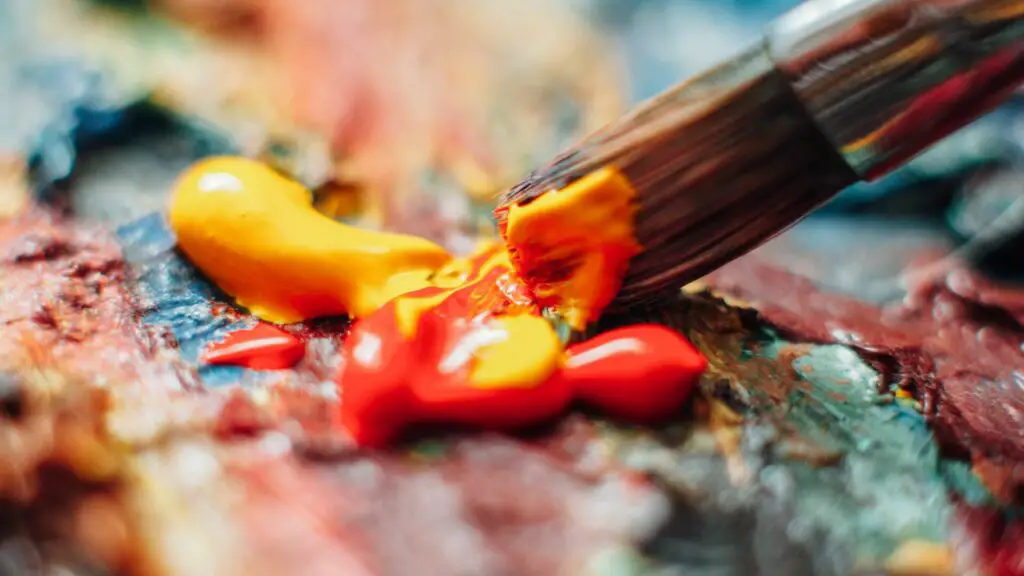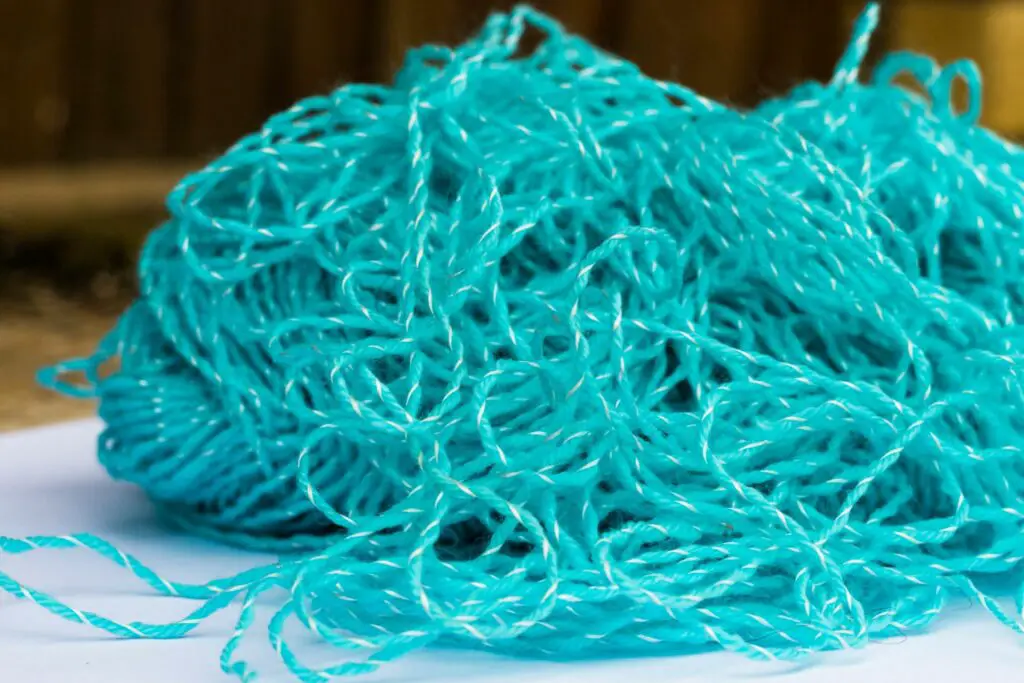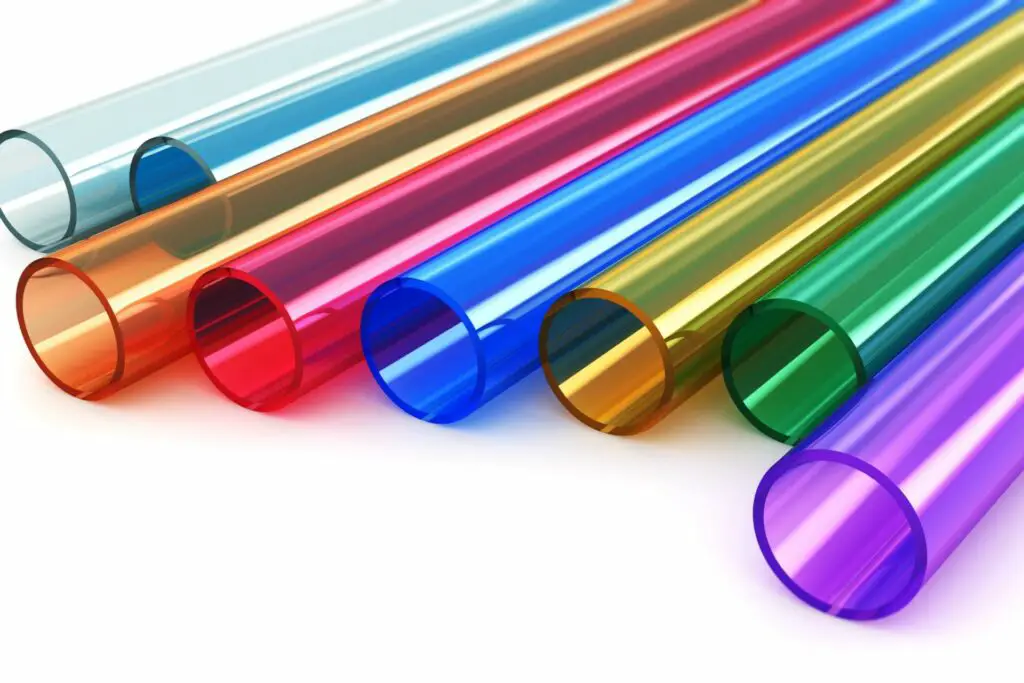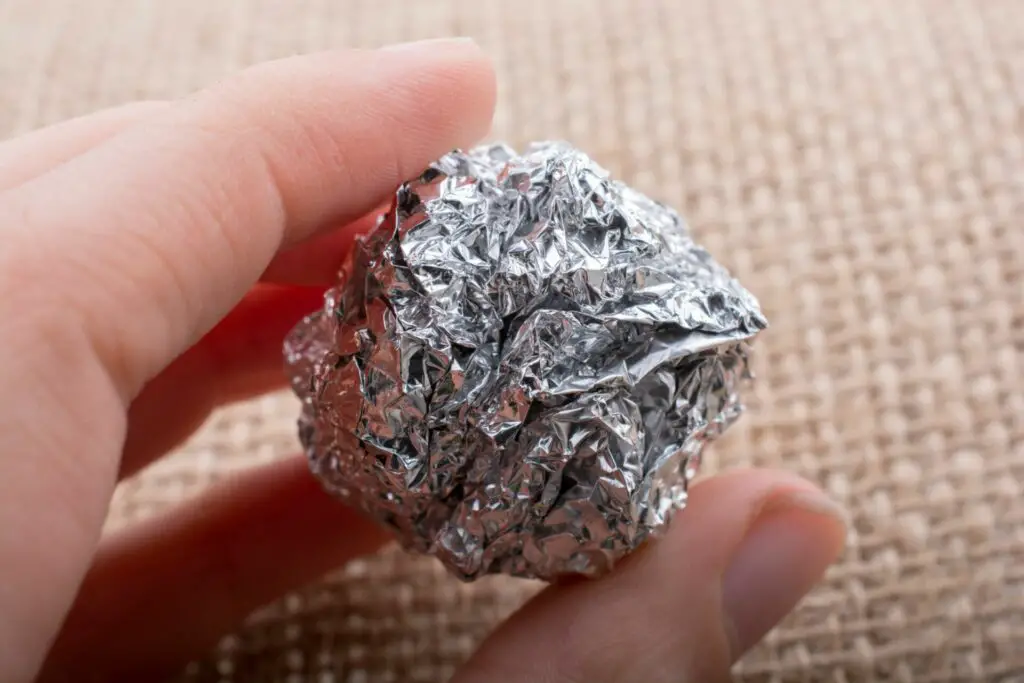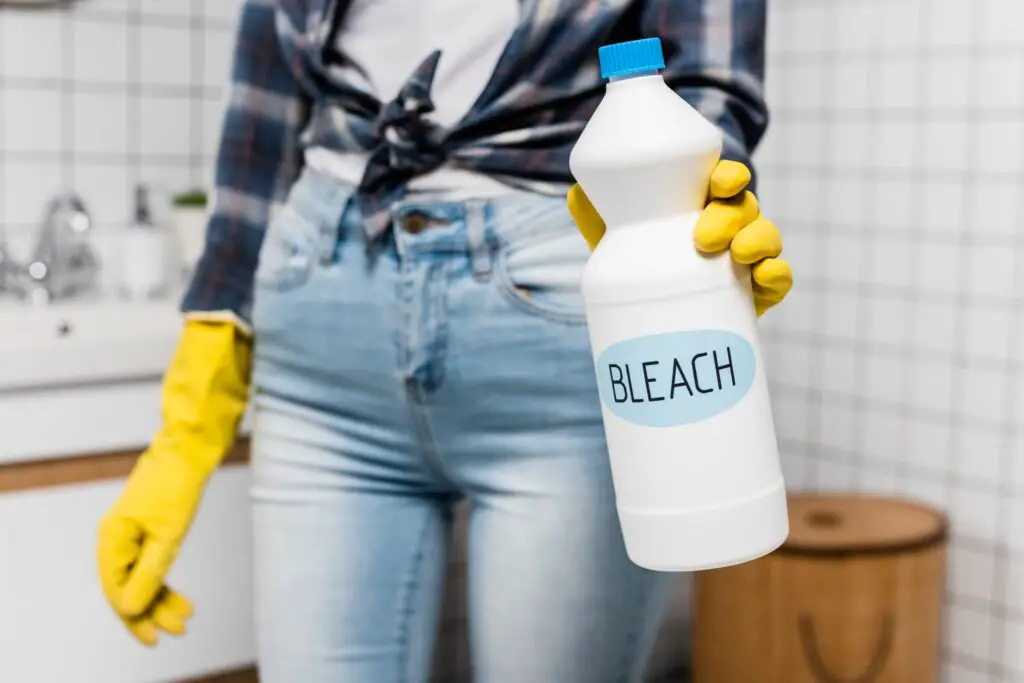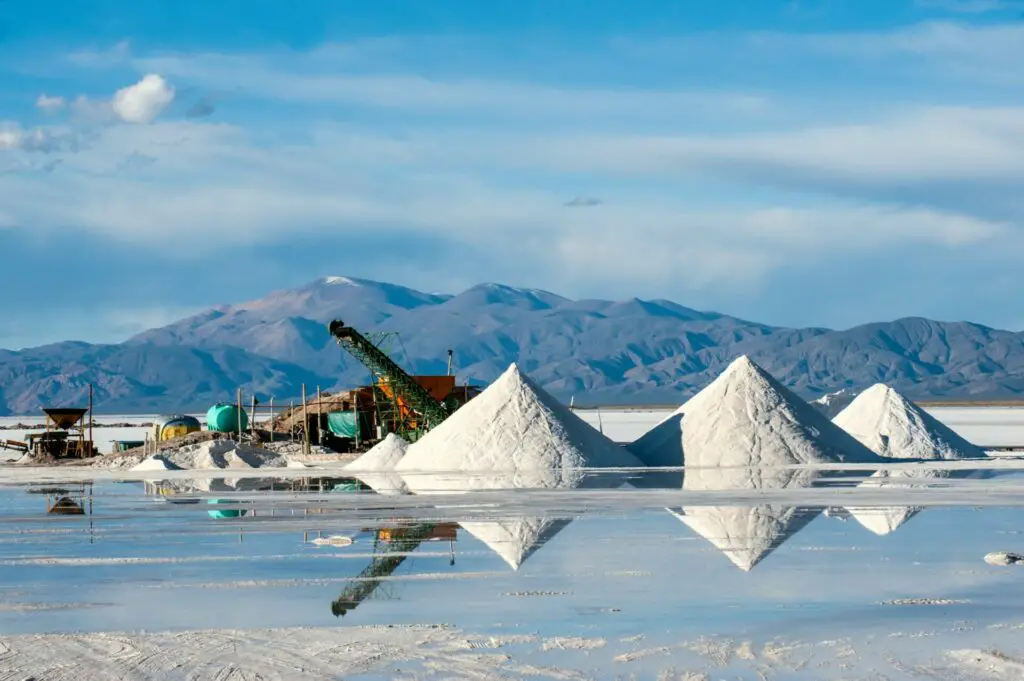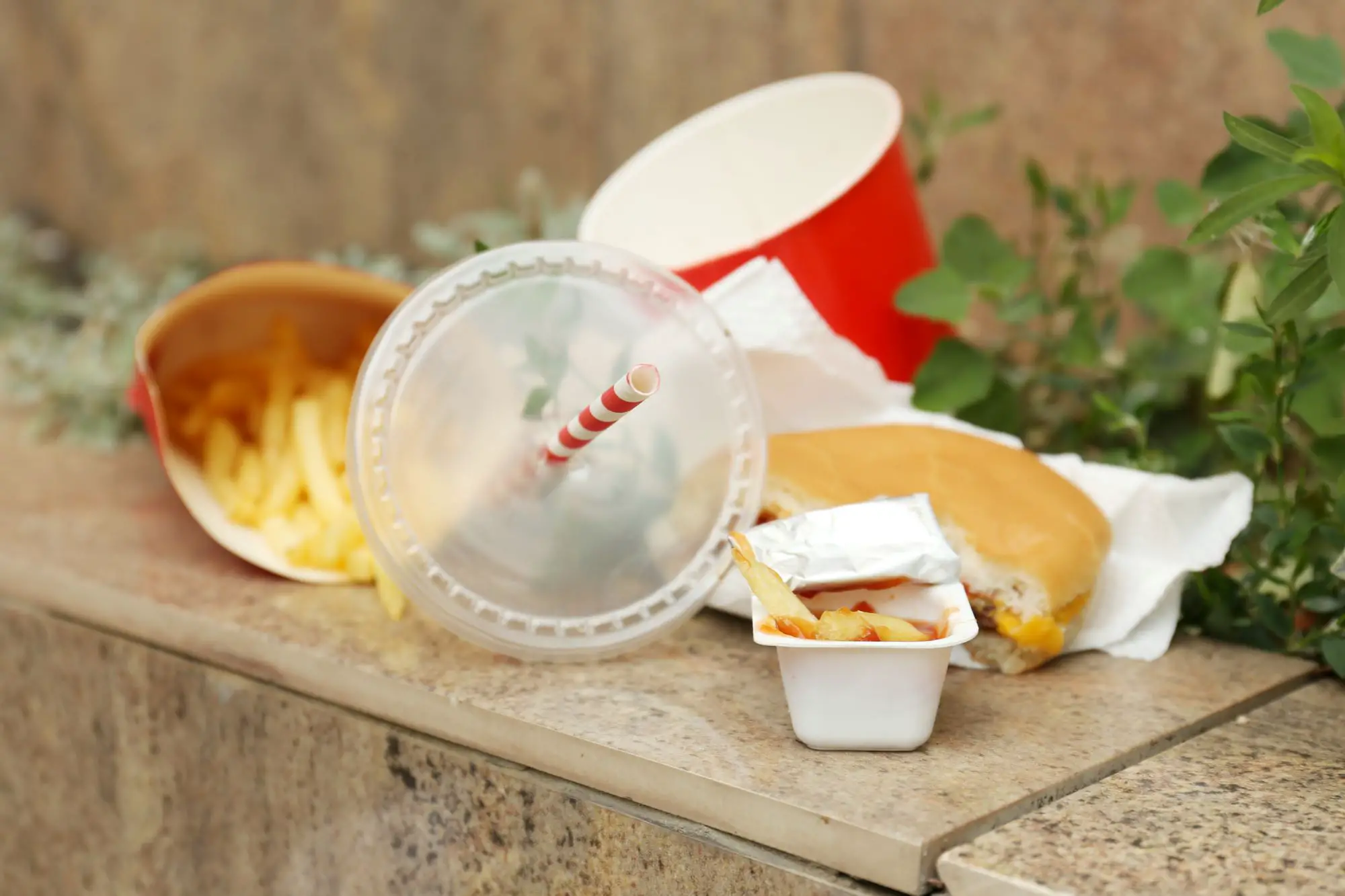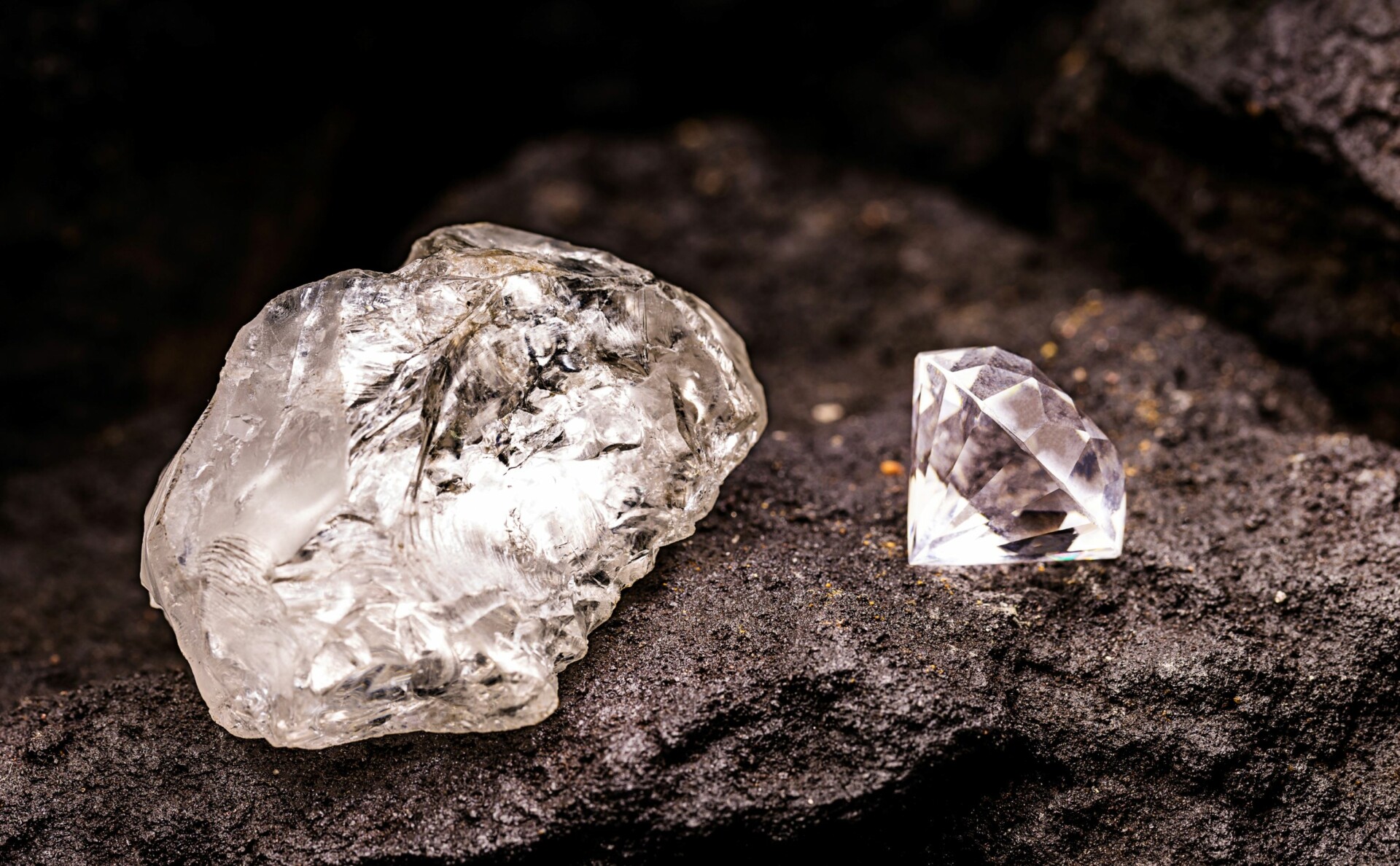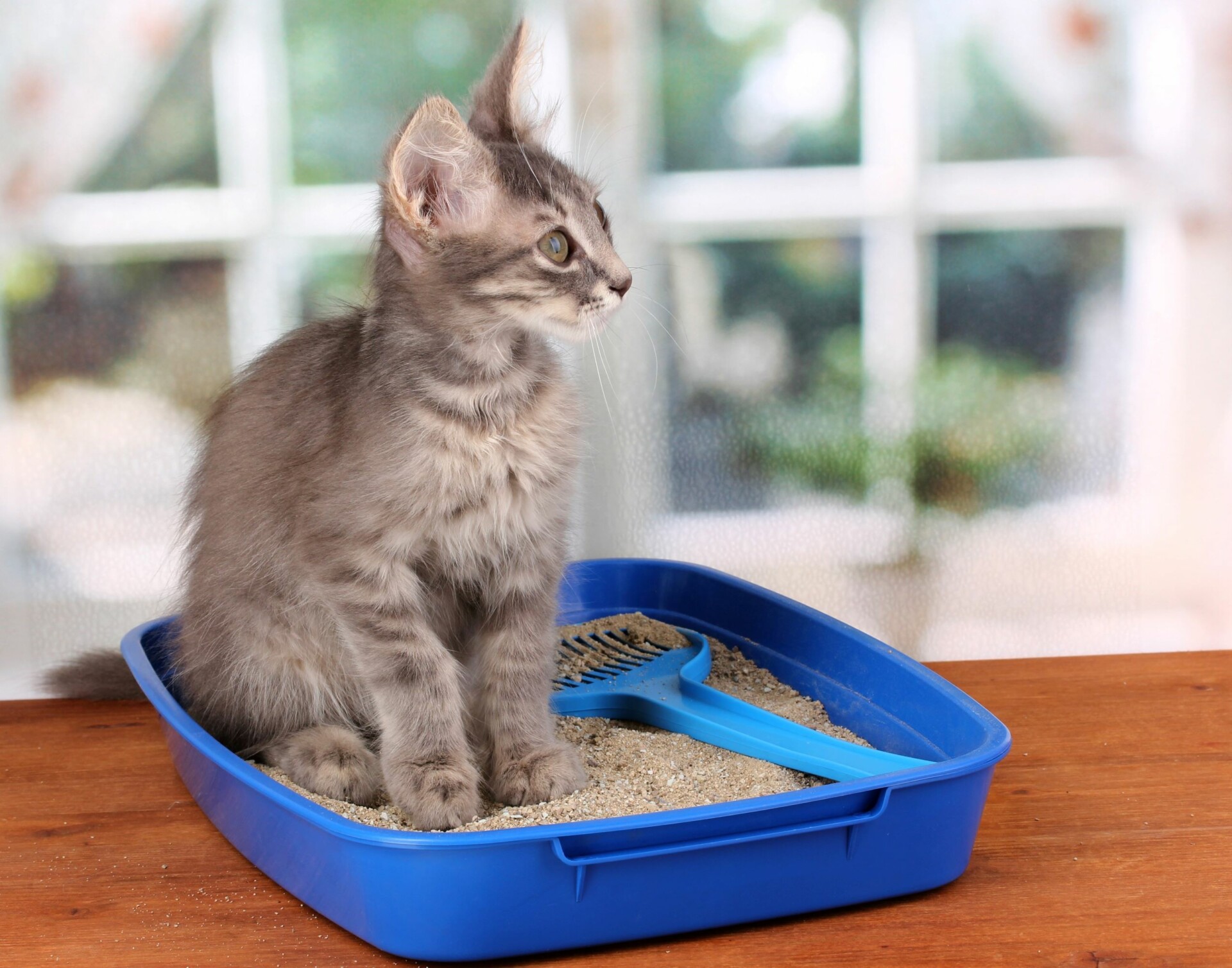There are so many types of waxes out there. And when we hear the term “wax,” we typically think of candles.
But despite its name that means “little candle,” candelilla wax has uses that extend far beyond candle-making.
With so many uses, it raises concerns about whether or not candelilla wax is sustainable. Candelilla wax comes from a plant.
The plant itself is endangered, which means in order to be harvested, it has to remain under regulations to keep it sustainable.
Likewise, the way it is processed usually involves very dangerous chemicals.
In this article, we’ll look at which aspects of candelilla wax contribute to its sustainability and which don’t.
You’ll also learn about some other attributes of candelilla wax as well as alternatives.
1. What Is Candelilla Wax Used For?
Before looking at whether or not candelilla wax is sustainable, let’s look at the many uses of candelilla wax.
Seeing all of the uses of this type of wax helps to paint a picture as to why the sustainability of it is important.
Candelilla wax can be used to make candles, but with so many other types of waxes, it can get lost in the mix so it isn’t the most popular choice.
However, it does have other uses that are more globally recognized.
For example, candelilla wax is approved by the Food and Drug Administration as a food additive. It is used as a binding agent for products such as chewing gum.
Like other wax types including paraffin and beeswax, candelilla wax is also used in beauty products like lipstick, lip balm, and lotion.
Lastly, candelilla wax has industrial uses as well. It is used in paint varnishes as well as a glazing agent to prevent moisture loss from surfaces.
Now that we know how prominent the use of candelilla wax is, let’s look at it from a sustainability standpoint.
2. Is Candelilla Wax Made Sustainably?
To best answer this question, we first need to explain where candelilla wax comes from.
The main source of candelilla wax is a species of desert plant known as Euphorbia cerifera.
These plants are native to the Chihuahuan desert regions of Mexico and southwest Texas in the United States.
These shrub-like plants form clusters of long, thin, and straight stems. The wax is produced by the plant in order to prevent water loss in the hot and dry desert climate.
The stems are so waxy that you can pluck them from the plant and light them like a candle, hence the name “little candle.”
As previously mentioned, the plants that candelilla wax comes from are endangered.
But since the wax itself is used in consumer goods, the plants are protected under the International Trade in Endangered Species of Wild Flora and Fauna (CITES).
CITES places strict regulations on harvesting endangered species of plants. A permit must be obtained before harvesting.
The following information must be disclosed and approved before approval for a permit for harvesting candelilla wax:
- How much will be harvested
- Why it is necessary to harvest that amount
- How the harvesting will take place
This procedure is necessary to prevent too much of the plant from being harvested at once.
But just having a permit doesn’t give the permit holder control.
Due to the plant being an endangered species, Mexican authorities are in control of the harvest and keep extensive records, as does the permit holder themselves.
These records must be kept up-to-date, because in the event of the product being exported, all of the documents must be accurate.
Although the plants that produce candelilla wax are also found in the United States, most of the harvesting is done in Mexico.
This is because most of the Chihuahuan desert region in the United States is part of Big Bend National Park in Texas.
Collecting plant material from U.S. National Parks and other federal lands can only be done under a special permit, and endangered plant species are placed under more strict regulations.
Endangered plant species such as the ones that produce candelilla wax can be collected in other areas of Texas that aren’t part of the national park, but a separate Texas law has regulations in place for that as well.
Having these regulations in place helps to keep candelilla wax sustainable.
Of course, after being harvested, the plants have to be processed in order to extract the candelilla wax to make it usable for various products.
According to the Candelilla Institute, the process for extracting candelilla wax is extensive. Here is a brief synopsis:
- The stems of the plants are placed in iron cauldrons containing water and sulfuric acid.
- To separate the wax from the plant, the mixture is heated over a fire until boiling.
- Hot foam floats to the top where it is collected and placed into containers.
- The hot foam is separated from a brown liquor. During this process, a yellow creamy substance known as cerote is formed.
- When the cerote cools, it hardens to form wax. The wax is broken into pieces and re-melted to remove impurities.
- Once the impurities have been removed, it cools and hardens again to form raw candelilla wax.
- It now has to undergo refining. The wax is re-melted, filtered, and refined using various chemicals depending on what the wax is going to be used for.
3. Is Candelilla Wax Sourced Ethically?
We know that candelilla wax is sustainable, but is it ethically sourced? The two don’t always go hand-in-hand.
A product that is ethically sourced implies that the people who are involved in harvesting and processing the product are working under fair and safe conditions.
Although it is sustainable, candelilla wax has a low yield due to being endangered. The low yield means that it can be expensive to produce.
That means that the methods for harvesting candelilla wax are old and not the most efficient. The work is very strenuous.
Workers typically ride on burros or in trucks to fields where the plants are found.
Sometimes they travel as much as 100 miles, so it can take as much as 5 days to harvest the plants, which they do by hand.
The work is grueling for both humans and the burros, The animals themselves often carry loads of candelilla plants weighing 150 pounds or more.
Harvesting and processing candelilla wax involve putting in long hours, often for minimum wage pay.
Processing also involves using chemicals like sulfuric acid, which can be very harmful even with proper protective equipment such as goggles and gloves.
But at least in some cases workers aren’t even given access to safety equipment, as evidenced in the following video:
They risk getting sulfuric acid in their eyes or on their skin which could cause burns, severe injury, and even blindness.
It’s possible that not all workers work under these conditions. But information regarding working conditions for people who harvest candelilla wax isn’t readily available.
It should also be noted again that most of the harvesting and processing is done in Mexico, although some of it is done in Texas. But even in Texas, the work is done under much of the same conditions.
Attempts have been made unsuccessfully to harvest candelilla with more efficient machines, so even in the United States much of the work is done under old methods.
To identify ethically sourced products, you can look for labels that say “Fair Trade Certified” or “Certified B-Corporation.”
It’s not evident how many – if any – candelilla wax products have these labels because they typically only apply to certain agricultural products.
But if you do come across any products containing candelilla wax that do have these labels, you can feel confident that they are ethically sourced.
This is because certain requirements have to be met in order to obtain these labels.
4. Is Candelilla Wax Eco Friendly?
Since it is used in beauty products and food applications, candelilla wax has uses that are similar to that of paraffin wax.
But paraffin wax is a by-product of crude oil. Crude oil is a non-renewable resource and collecting and refining it can do a lot of harm to the environment.
On the other hand, candelilla wax comes from a plant source which is renewable in most cases.
However, it’s important to remember that the plants that candelilla wax comes from are endangered.
Harvesting too much of them can cause them to become extinct and therefore non-renewable. That’s why there are so many regulations in place to ensure that doesn’t happen.
These regulations help ensure that candelilla wax remains sustainable and more eco-friendly when harvested than other types of wax.
If the plant wasn’t endangered, there might be less control over how the plant is harvested resulting in less eco-friendly collection methods.
But it’s actually the processing methods that cause the most concern. Processing the plants uses very few chemicals.
However, sulfuric acid – a highly dangerous and corrosive chemical – is used, which can cause environmental damage in the event of a spill or general mishandling of it.
The process of extracting candelilla wax is also done over an open flame. Fire releases greenhouses gases into the air – a major contributor to global warming.
And that’s not to mention environmental damage that could be done if the fire were to get out of control, potentially killing other plants and animals in the area.
5. Is Candelilla Wax A Natural Product?
Since candelilla wax comes from a plant, then it is a natural product. It also has very little chemicals added to the wax during processing.
However, when used for certain products such as lotions, skin products, and lipsticks, it may have other ingredients added to it such as dye.
If any of the added ingredients are synthetic, it lowers the naturalness of the product.
6. Is Candelilla Wax A Vegetable Wax?
Vegetable waxes are waxes that are secreted by plant cells.
Since candelilla wax is naturally found on the leaves of a specific plant, it is considered to be a vegetable wax.
Other vegetable waxes besides candelilla include carnauba, coconut, jojoba, and soy wax.
7. Is Candelilla Wax Biodegradable?
Since it comes from plants and contains very few chemicals, candelilla wax is biodegradable.
Plant-based waxes like candelilla can biodegrade in as little as a month.
This is because bacteria and fungi in the soil are the major organisms involved in breaking down organic and plant-based matter.
8. Is Candelilla Wax Compostable?
100% natural candelilla wax is compostable and won’t harm your compost.
But you should be careful composting products that contain candelilla wax as well as chemicals and other synthetic ingredients.
Some of these ingredients can harm your compost or may not be broken down as easily as 100% candelilla wax.
9. Is Candelilla Wax Recyclable?
The processing of recycling materials includes melting them down in order to be used again.
Because of this, candelilla wax is not recyclable. When any type of wax is melted it has a sticky consistency.
Wax can build up in the recycling machines and cause them to break.
10. Is Candelilla Wax Better Than Beeswax?
Candelilla wax and beeswax are both very similar in terms of characteristics, and benefits.
That’s why they are both popular to use for natural beauty products.
Candelilla wax is also harder than beeswax, so in some products like candles, other ingredients may need to be added to soften it.
But which one is better really just depends on what you’re looking for in a product.
Beeswax is technically not vegan since it comes from an animal source (although the honey bees don’t get hurt in the process).
Nevertheless, that’s why for many vegans candelilla wax is the better choice.
However, beeswax is more ethically sourced than candelilla wax and its production process is much more eco-friendly.
In this regard, it is preferable to candelilla wax in all aspects other than not being vegan.
11. Is Candelilla Wax Better Than Soy Wax?
Candelilla and soy wax are both plant-based waxes so they are both vegan and more eco-friendly than paraffin wax.
But in terms of sustainability, candelilla wax is a better choice over soy wax.
This is because the soy industry has been associated with negative environmental impacts including deforestation, greenhouse gas emissions, and soil erosion.
Candelilla wax also has to undergo less processing than soy wax. There are also strict regulations placed on harvesting candelilla wax in order to keep it sustainable.
12. Is Candelilla Wax Toxic?
Candelilla wax is non-toxic and food-safe.
It has been approved for use in food products by the Food and Drug Administration (FDA).
The FDA also regulates cosmetics and has approved candelilla for use in beauty products as well.
2 Sustainable Alternatives To Candelilla Wax
Candelilla wax is one of the most sustainable types of wax, although the way it is processed is controversial.
Remember that candelilla wax comes from an endangered plant and is placed under more regulations. As a result, the amount produced is lower than other types of wax.
As a result, candelilla wax may be less available or more expensive than other types of wax.
In addition, its production process – specifically the use of sulphuric acid – is certainly something that may make you look for safer and more eco-friendly alternatives.
Whether you prefer to buy your products or make them yourself at home, here are two alternatives to candelilla wax that you can try.
1. Beeswax
In terms of versatility, sustainability, and eco-friendliness, beeswax is one of the best.
It is readily available and you can find many beeswax products.
2. Coconut Wax
A lesser-known type of wax, coconut wax is one of the most sustainable there is.
It is a great wax substitute for beauty products and candles and unlike beeswax, it is a great vegan choice.
Conclusion
The endangered status of the plants that are used to make candelilla wax mean that is very sustainable because regulations keep it that way.
It is also one of the most natural forms of wax because it doesn’t have to undergo a lot of processing.
The versatility of candelilla wax means that it can be used in many products as a sustainable substitute for paraffin wax.
However, improvements do need to be made regarding methods of harvesting as well as treatment of workers and more eco-friendly processing.
But overall, candelilla wax is one of the best types of wax on the market today in terms of sustainability.
You Might Also Like…
- Is Fast Food Bad for the Environment? (& What You Can Do)
- Is Fabric Softener Bad for the Environment? (+5 Eco-Friendly Options)
- Is Fuel Dumping Bad for the Environment? (& How Often It Happens)
- Is Electricity Generation Bad for the Environment? (What You Should Know)
- Is Dry Cleaning Bad for the Environment? (4 Surprising Facts)
- Is Diamond Mining Bad for the Environment? (Important Facts)
- Is DEET Bad for the Environment? 4 Effects (You Should Know)
- Is Cat Litter Bad for the Environment? (5 Common Questions)
- Is Burning Cardboard Bad for the Environment? (6 Facts)
- Is Burning Paper Bad for the Environment? (6 Surprising Facts)
- Is Burning Leaves Bad for the Environment? (7 Quick Facts)
- 4 Natural Cleaners for Quartz Countertops
- 6 Eco-Friendly Acrylic Paint Brands (For Sustainable Artists)
- 5 Eco-friendly Alternatives to Acrylic Paint (& How to Make Them)
- Is Acrylic Paint Bad for the Environment? (7 Quick Facts)
- Is Acrylic Yarn Bad for the Environment? 8 Crucial Facts
- Is Acrylic Bad for the Environment? (8 Quick Facts)
- Is Aluminum Foil Bad for the Environment? 7 Quick Facts
- Is Bleach Bad for the Environment? 6 Crucial Facts
- Is Lithium Mining Bad for the Environment? 6 Crucial Facts

